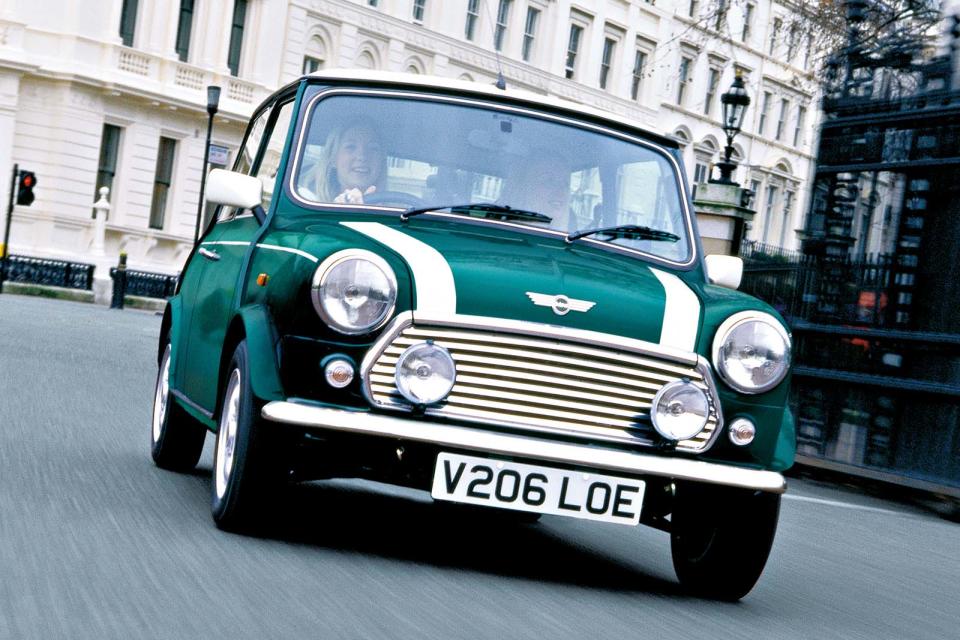Used Rover Mini 1991-2000 review

Despite unassisted steering, a clutch pedal that felt like it was set in concrete and rear head room so tight that the car might as well have been a two-seater, nearly 300,000 Rover Minis were produced between 1991 and 2000, with nearly five million produced throughout the car's total lifespan.
People simply adored them. It was so renowned that it topped Autocar’s ‘Top 50 cars that changed the world’ list in 1991, and its lineage arguably continues today with BMW’s reborn Mini brand.
For this buying guide, we’re focusing on the Mk6 and Mk7 variants that were manufactured by Rover between 1991 and 2000. That’s partly because there are so many versions to choose from but also because they can still be found at keen prices.
With earlier Minis now being sold for anywhere between £12,000 and £50,000, you can still buy a Rover one from just under £2000.
Other than price, though, what’s in it for you? Peppiness, for starters. Unlike the 40bhp 1.0-litre BMC A-series engine that was used until 1992, the 1275cc Rover unit is much more vibrant, coming with 50bhp and a carburettor until 1994. Or there’s the fuel-injected 63bhp engine that became the only one available post-1994.
Both the 50bhp and 63bhp engines are lively at first, then begin to lose enthusiasm at around 60mph, and at any speed they sound as raspy as you might imagine a Mini would or should.
And that rasping is something you will have to appreciate, because in a car with a body like a biscuit tin and all the insulation of a laundry basket, engine, gearbox and road noise protrude into the cabin pretty much all of the time. But at least you’re as nicely connected to the driving experience as you are to the road surface.
Indeed, that connection is something you feel through the steering wheel. It's positioned slightly offset, but the response is sharp, even if the absence of any assistance makes the helm feel heavier and more agricultural than that of a modern car.
Plant your foot in a bend and you will feel the Mini's wheels (available in 12in and 13in diameters) scrabble for grip, with the engine and four-speed gearbox (both manual automatic versions are available) working to slingshot you into the next bend. At that point, you lean on its wheel-at-each-corner stance, itself providing real agility and genuine poise.
Multiple variants were produced between 1991 and 2000, including the entry-level Mini City, whose A-series engine offered an 84mph top speed. In 1992 it became the Mini Sprite, which cost £6486 when new and got a bump in power for an extra 3mph top end.
We would recommend this one if you want no-nonsense fun on a tighter budget. The top spec was initially the chrome-clad Mini Mayfair, which was replaced by the 1.3i in August 1996 with a starting price of £8995. The Cooper S was reintroduced in April 2000 and is the variant you should buy if you have more than £10,000 to spend.
Such a choice of trim levels might sound confusing, but making the decision to buy one of these Minis is anything but. It might not be that easy to live with as your only car, but as a basic means of enjoying a good drive, you're in good hands.
]]>

 Yahoo Autos
Yahoo Autos 